When Your Gay or Lesbian Child Marries
When Your Gay or Lesbian Child Marries
A Guide for Parents
Deborah M. Merrill
Rowman & Littlefield
Lanham Boulder New York London
Published by Rowman & Littlefield
A wholly owned subsidiary of The Rowman & Littlefield Publishing Group, Inc.
4501 Forbes Boulevard, Suite 200, Lanham, Maryland 20706
www.rowman.com
Unit A, Whitacre Mews, 26-34 Stannary Street, London SE11 4AB
Copyright 2016 by Rowman & Littlefield
All rights reserved . No part of this book may be reproduced in any form or by any electronic or mechanical means, including information storage and retrieval systems, without written permission from the publisher, except by a reviewer who may quote passages in a review.
British Library Cataloguing in Publication Information Available
Library of Congress Cataloging-in-Publication Data
Merrill, Deborah M., 1962 author.
When your gay or lesbian child marries : a guide for parents / Deborah M. Merrill.
pages cm
Includes bibliographical references and index.
ISBN 978-1-4422-5418-3 (cloth : alk. paper) ISBN 978-1-4422-5419-0 (electronic) 1. Parents of gaysFamily relationships. 2. Same-sex marriage. I. Title.
HQ759.9145.M47 2016
306.848dc23
2015024613
 The paper used in this publication meets the minimum requirements of American National Standard for Information SciencesPermanence of Paper for Printed Library Materials, ANSI/NISO Z39.48-1992.
The paper used in this publication meets the minimum requirements of American National Standard for Information SciencesPermanence of Paper for Printed Library Materials, ANSI/NISO Z39.48-1992.
Printed in the United States of America
This book is dedicated with admiration to my brother, Larry Napoleone, who courageously battled ALS, and to my sister-in-law, Gail Napoleone, who lovingly cared for him
Contents
This book would not have been possible if not for the generosity of the men and women who volunteered to be interviewed. I am beholden to them for their assistance and honesty in sharing their life stories. I am also grateful to Denise Darrigrand for her help in identifying prospective respondents. Denise always gives well above what anyone could possibly hope for, and her assistance to me was no exception.
I am indebted to the sociology department at Clark University for the sheer joy in going to work each day. This includes Sarah Barry, Parminder Bhachu, Melissa Butler, Patty Ewick, Bruce London, Debi Osnowitz, Bob Ross, Shelly Tenenbaum, and Rosalie Torres-Stone. We have had an amazing twenty-three years together. Thanks also to associate provost and dean of research Nancy Budwig, who has always encouraged my research. I am also grateful to Clark University for a faculty development grant to compensate respondents for their participation in this study.
Special thanks to my family for their love and support, particularly to my mom, Nancy Merrill, and to her partner, Bob Thiers. I extend my gratitude as well to my extended family, one and all, and to my dearest friend, Kristen Williams, and her family for their unconditional love. Thank you to Andrea Figueroa and Ellen Chevalier, who keep me physically fit despite sitting at my desk all day, and to Jane Daigneault, Jackie Geoghegan, Nina Kushner, Doug and Pat Little, Frank and Barbara Piscitelli, Laurie Porter, Amy Richter, Valerie Sperling, and Mark and Susan Turnbull for their years of friendship. Many thanks to the members of the UUCWorcester for their friendship and to Reverend Aaron Payson for his inspiration and example. Finally, a special thank you to Julie Zork, LMFT, for everything, and to my husband, Ken Basye, who is everything.
The purpose of this book is to introduce to the parents of gay and lesbian adult children all of the various contours of same-sex marriage, such as its unique characteristics, similarities to heterosexual marriage, and the wide range of experiences of its members. The second purpose is to describe to parents how their relationships with their adult children will change over the course of their childrens lives, particularly at the points when the child discloses his or her sexual orientation and after the adult childs marriage. It is meant to be a primer for parents and other family members as they transition to becoming the mothers and fathers of a gay or lesbian child and at other critical junctions in their childs life. The book begins with an overview of what is known about parent and adult child ties as well as information on the nature of same-sex marriage in America today.
Background on ParentAdult Child Relationships
Relationships between parents and their adult children are a central component of family life and social ties, with the mother-and-daughter relationship being the closest of the four possible dyads. This suggests that the adult childs marriage may be a time in which difficulties will arise in the relationship.
In addition to affection, obligation, and the exchange of resources, such as the sharing of money, are the other two main cornerstones of intergenerational relationships. In fact, obligations to ones own parents and children rank the highest of all personal relationships.
Intergenerational relationships differ significantly though by the various combinations of male versus female members of the family. Mothers and How these gender differences play out in same-sex marriages, however, is currently unknown.
Parentadult child relationships are also affected by the life course and the events that occur within it. For example, mothers experience ambivalence when children do not meet expected life-course markers, such as becoming financially independent, marrying, and having children. This results from an expectation in our society that daughters will always remain close to their parents, while sons have greater leeway to pull back from the relationship following marriage.
The quality of intergenerational relationships and the factors that affect that quality are important for a number of reasons. Parentadult child bonds are a key source of feeling whole or complete in the world for both parents and their adult children and significantly affect psychological functioning. Yet, the negative aspects of intergenerational relationships, such as conflict and estrangement, are more strongly associated with psychological distress than the positive aspects are associated with psychological well-being. In an era in which divorce rates remain high and there is concern that marriage is only one of a number of equivalent adult living arrangements, understanding and decreasing stressors on marriage are a benefit to everyone.
Same-Sex Marriage
Intergenerational relationships of all types are affected by not only the course or trajectory of ones life and when events occur, such as when a woman has her children, but the time period as well. Today young adult child and parent relationships are impacted by the growing availability and acceptance of same-sex marriage. In May 2004, Massachusetts became the first state to legalize same-sex marriage. Nine years later, over seventy-one thousand same-sex marriages had been granted in the nine states of California, Connecticut, Iowa, Maine, Massachusetts, New Hampshire, New York, Vermont, and Washington.
Not all couples whose relationships can be legally recognized choose to seek that legal status though. In 2008, 40 percent of same-sex couples who were living in states that legally recognized their relationships were in such However, the fact that the percentages are as high as they are suggests the importance of marriage, typically seen as a traditional institution, to individuals in a gay or lesbian relationship.
The right to marry has been a contentious issue in all states and a hard-won victory for proponents of gay rights. Following Massachusetts passage in 2004, many states added amendments to their state constitutions explicitly banning same-sex marriage. Earlier the federal government attempted to limit couples rights to marry and to slow pending state legislation with the Defense of Marriage Act passed in September 1996. DOMA, which allowed states to refuse to recognize marriages performed in another state and which barred married couples from receiving federal benefits, however, was found unconstitutional in 2013.
Next page
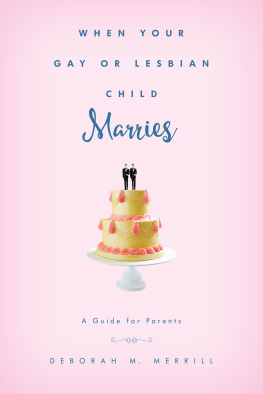



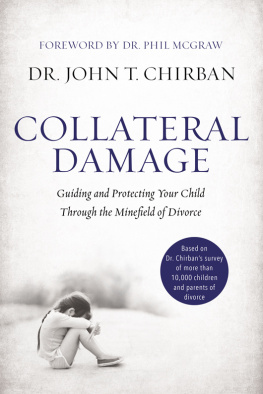
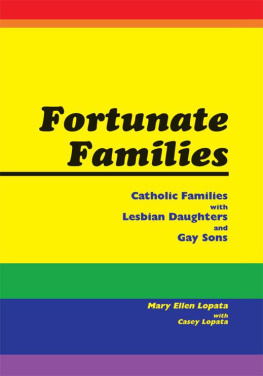
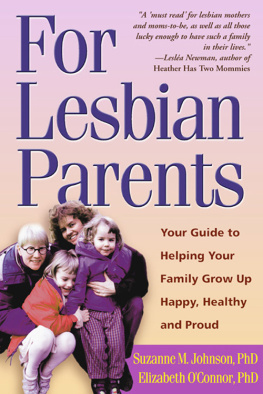

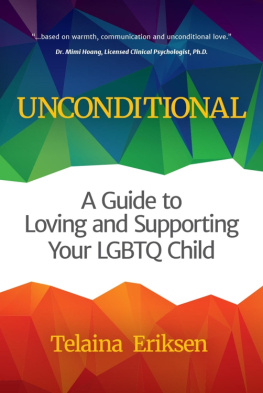
 The paper used in this publication meets the minimum requirements of American National Standard for Information SciencesPermanence of Paper for Printed Library Materials, ANSI/NISO Z39.48-1992.
The paper used in this publication meets the minimum requirements of American National Standard for Information SciencesPermanence of Paper for Printed Library Materials, ANSI/NISO Z39.48-1992.